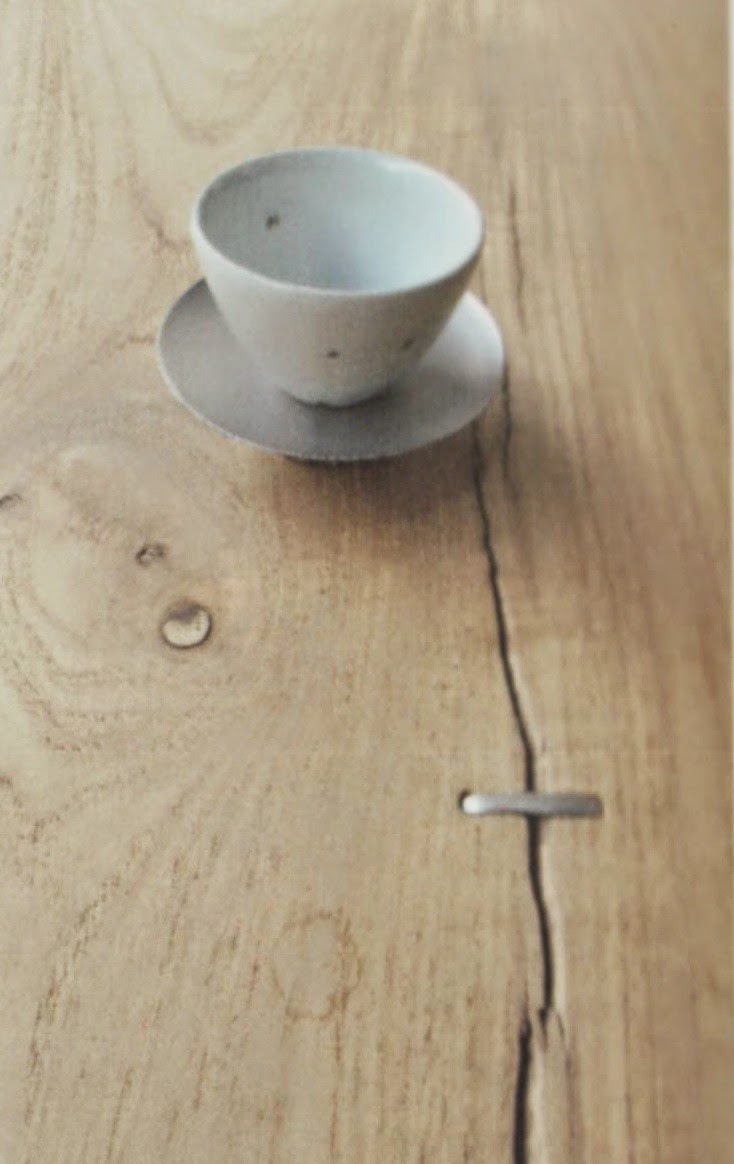The technique laid the foundation for crosshatching in my ballpoint pen
drawings. One of the finest contemporary designers making use of the scratchboard
is Jane Masters. She lives and works in Providence, Rhode Island. Using the
scratchboard technique that originated in the 19th century she creates highly
detailed abstractions.
Using nothing but knives and sharp tools the art of
scratchboard is creation through removal. In Masters’ case what remains are
dizzying op art spirals and ribbons of intersecting waves. The stark black and
white adds to the timelessness of designs that often resemble microscopic
magnifications of viruses, cells, and other things found in biology. Follow the link to her website.
As children we played outside
and made things with our hands; we made roads out of mud for our dinky toys and
built sets and objects to act out popular film characters such as Batman and
Robin, including Zorro. These skills laid the foundation for subject choices
such as woodwork and art at
secondary school.
I attended the Tygerberg Art Centre in Parow in the Western Cape. The centre provided art skills training to
all the major schools in the area; a very good concept and practical way for
pupils to enhance the creative skills at secondary level. Preparing them for tertiary education in an
art direction. It was most definitely my portfolio that secured me access into
the Michaelis School of Fine Art programme.
I took two art subjects in matric;
Painting and Textile printing. My teachers were Andre Groenewald (Painting) and
Rihana Du Preez (Textile printing). In textile printing I learnt to take plant
forms, stylize the organic forms and shapes into patterns for linocut printing and
silk-screened textiles.
My first encounter one could say with design. The term design was never explained or really the
main focus – textile design was taught as the transfer of craft skills.
Ceramics was not offered at the centre at the time. My first encounter with
clay was at UCT, in my first year at Michaelis, my lecturer was John Nowers.
I
was not exposed to the wheel, decoration was a crime and one was not permitted
to make ceramic craft and or design products. As a matter of fact the library
did not have a collection of ceramic magazines, books and or any other media.
This was a Fine Art based ceramic discipline. A subject choice, one of a number
of disciplines in support of Fine Art training, seen from a modernist
perspective; painting, sculpture, printmaking and or photography. Don’t get me
wrong I had a fabulous time and my mentors gave me so much freedom and support.
The best time of my life was at UCT. The studios and teaching philosophy was
amazing. However from a postmodern perspective the ceramic discourse was very
narrow and limiting.
In sharp contrast to my
upbringing, children in Asian countries including China, Japan, Korea and Taiwan
are exposed to craft and design from a very young age. The difference, seen from
a ceramic’s perspective, is that clay continues to play a vital role in the
country’s cultural production; a prime example being the way of tea. Consumers purchase ceramic teapots and tea bowls,
on offer in a variety of design and craft styles, to celebrate one of life’s
marvelous rituals – to drink tea.
It is clear from my visit to Taiwan and in
particular the Yingge Museum and its surroundings that the age-old craft
traditions are supported on all levels and in all forms across the craft
industry sectors. Kids visited the museum every day during my involvement with
the 2014 Taiwan Ceramic Biennale. I am sure that they also did factory, gallery
and studio visits in the area; the Yingge District being the heart of the Taiwanese
ceramic’s industry. One of the galleries I visited was the Tao Hua Zhuo Art Gallery where I purchased a small tea-bowl of the ceramist Zhang Ge-ming - teapot available online for $873.22.
Numerous ceramic galleries, shops and factories operate in
the area, a major ceramic inspirational support infrastructure for an aspiring
ceramist. Kids are exposed to their Country’s ceramic role models; most are
able to establish a lucrative career in ceramic art, craft and or design.
The
Yingge Ceramics Riverside Park with its open-air ceramic studios and Ceramic Residency Center (images above, left and below), contributes significantly to ceramic’s development;
especially from a contemporary craft, art and design perspective (especially
craft skills transfer). Leading international ceramists apply to work at the
centre, they are expected to conduct research in their specialized field, they
do so in exchange for sharing their knowledge, expertise and development with
the local art and design community.
The 2014 Taiwan Ceramic Biennale (follow link for Curator, Wendy Ger's overview) held at Yingge Ceramic Museum, curatorial and or product based, provides exposure to international
and future ceramic trends. This entire setup is a perfect incubator for teaching
and learning; a stimulating environment in cultivating ceramic artists,
designers and or craftspeople. Every two years a new and exciting ceramic
display provides ceramists with exciting new products, cutting edge
developments in art and design (expressive or craft based).
 |
| Origami Inspired ceramics by Hitomi Igarashi at the 2014 Taiwan Ceramic Biennale |
Needles
to say the ceramic craft and design products are masterfully manufactured, in a
broad range of design and or craft styles, including range of products (some of
which is showcased here, purchased during my visit to Taiwan - tea bowls and PIN -CHU vases above ). Testament to a
refined ceramic design development process applied by many a designer maker;
the realization of craft and design products in ceramic techniques and
processes. Knowledge of the history, cultural traditions and consumer
expectations, equips the local ceramists to design and make a wide range of
value adding, innovative products.













































